Mini Series Time: [how to] Internet radio station
For those of you interested in audio, whether it is your own podcast, starting an internet radio station, or if you are just looking for some good steemit powered radio stations I will be covering it here. Today I am showing off my setup, and it comes to about $1200 all in all - this is just a core setup and eventually I will need Midi controllers, another computer some acoustic foams another monitor, a studio boom mic stand, a pop filter and maybe one of those fancy on air lights.
My Podcast setup - it is actually a radio station -
In January 2014 I completed a diploma in music production. I have always been fascinated by music and after doing this course I became fascinated by audio. Sometime in August last year I started thinking about creating a podcast of some sort, or getting into some kind of radio thing. Although there was a couple of technical problems that I could not surmount. Which I have now, so today I am going to guide you through my basic setup - and how I have complicated the podcast format a little bit.
Yesterday I went to a music shop and picked up one of these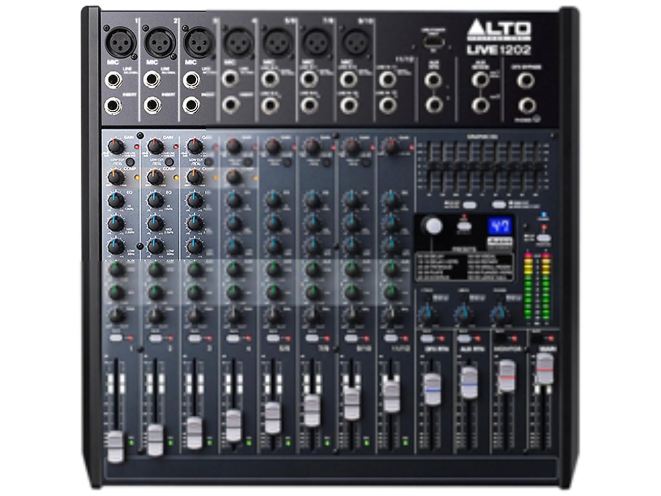
It is an analogue mixer with 8 mic preamps and it has phantom power, which can be used to power this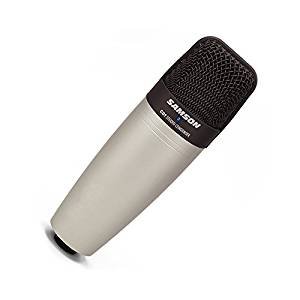
The mixer plugs straight into my pc via a usb cord so I can send signal to my mixer from my pc and then back into my pc which plays back through the sound card.
I have this old Dell Vostro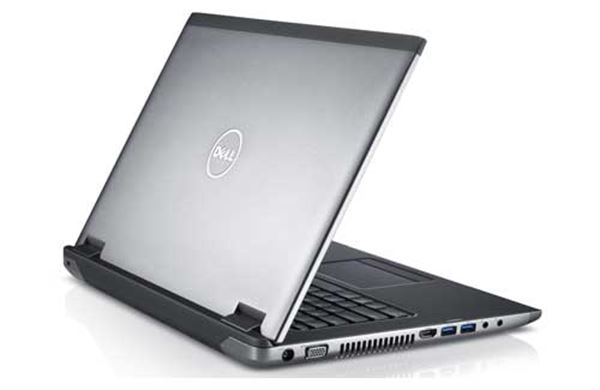
It is nearly at its end, but it is standing around doing nothing, and now I have found the perfect use for it. When thinking about Discord , and what it provides - especially after tuning into the Steemstar Network - I started seeing the app more like a radio and when faced with the simple voice over IP service I wondered to myself is there not a way I could stream audio while also using my Mic.
There are two options when considering this, the first is running two instances of discord and playing the music that you wish to play through the streaming instance while using your mic over your personal instance of discord. This also involves using a virtual sound card. It is from this simple setup that you could also record what is going on in the discord voice chat, so you have the opportunity of creating a podcast where other people can join in, with text channels so that the audience can respond to what is going on over the air.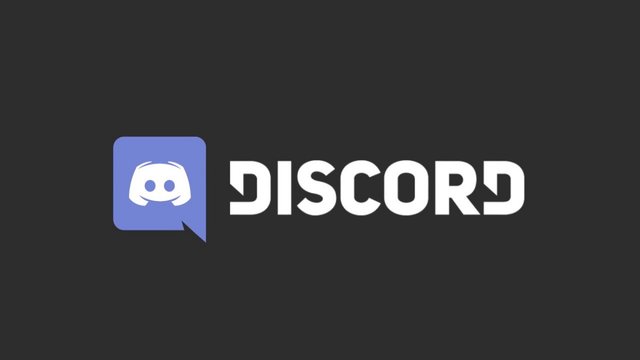
The second option is a lot more complicated. This is where my mixer, my studio condenser, and my old laptop comes into play. There is a program called Rivendell, and it is an open source freeware. What it does is automate all aspects of a radio-show.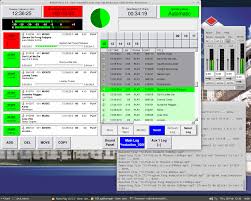
With it I can create playlists, and schedules where these playlists are triggered, and I can also stop these playlists and have a board of sounds that I can use during a live show, while also being able to create playlists on the fly while everything is running. In order to use this software I will have to repurpose my laptop, by formatting it and installing linux on it, only then can I install Rivendell.
Now with the mixer I have 8 channels, one of which I am going to output the audio of my rivendell setup into. Thankfully the mixer has an eq and 100 different effect with a compressor with a three band eq on each channel so I have a lot of control over the signal, but there is still some audio processing that needs to occur. Especially on the voice signal. To do that I need to use a digital audio workstation and usually I would just jump into Ableton, FL Studio or Pro tools to do that
but Linux does not really support these DAWs and if it does they are buggy - as with FL Studio - This means now that I have to wade a little deeper into the freeware and open source pond to catch something that supports the kind of work I want to do of my options I have chosen Tracktion 5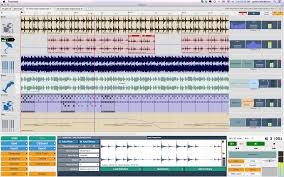
What was intriguing was that it is a one window application - usually when using a DAW you have to jump between screens in order to use is properly, but in Tracktion everything is in one place -
There we go, after the format and various installations that may occur, as well as a few technical problems are sorted out - like how I send the mic signal through tracktion 5 and then into Rivendell - I will have a workstation that operates like a few broadcasting radios out there. Whatsmore, all the software is open source and freeware. This project has also taught me quite a bit about how radio stations work, since the majority of the tutorials out there were meant for radio station employees.
My podcast?
Well, right now I am geeking out about the technical aspects of running an internet radio station. Once I am over this and I can provide the streaming capacity that this setup promises I will have a reason to start dealing with the audio people on steemit. Once these details are sorted out, and all the systems backing it up are churning away in the background and the management of the entire gig is running smoothly you will hear my voice on the steemit airwaves.